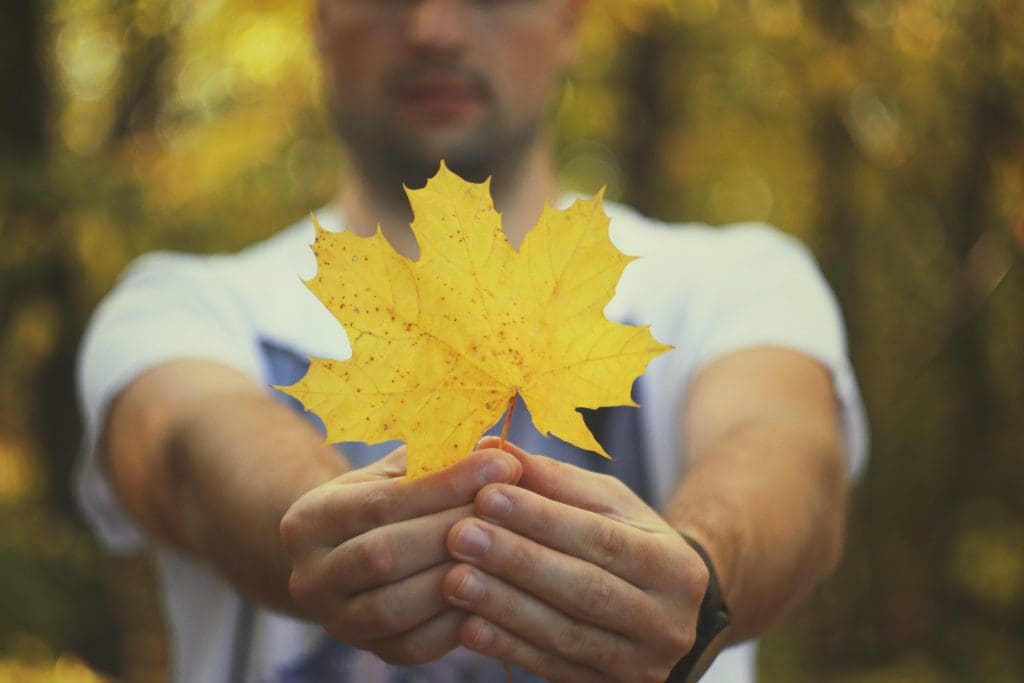If you’ve just started to learn photography, you probably heard that a great photo has a strong focal point and a well-balanced composition. These requirements aren’t hard to achieve but can be hard to notice at the beginning. It would help if you learned to deconstruct the scene you want to photograph into visual elements and understand their relationships. But first thing first: what is a focal point?
A focal point is the area of an image with the biggest impact on the viewer. It’s sometimes called the point of interest and, even if the word “point” appears, it refers to a part of the image. In theory, the focal point should be the part of the scene you really want the viewer to see and remember. It should catch the viewer’s attention through size, color, brightness, position in the frame, and meaning. It should be in focus, clear, and perfectly exposed. In other words, having a focal point in a photo is like having a full moon on a black sky: something that the viewer can’t miss.
Photo by Robert Wiedemann on Unsplash
How to choose the best focal point
To impact the viewer the way you want to, you need to make your subject the focal point of the image. The subject should have the main role in your frame, the best place, and the best lighting. The subject should stand out by any means, with all its details and features. You can emphasize its importance by placing it in the foreground to make it seem larger than other elements by photographing it from below to make it seem taller and superior or make it brighter and sharper than anything else.
Although there are many ways to make the subject stand out, sometimes other elements steal the scene, and you end up with a focal point that doesn’t match your subject. This doesn’t mean your image doesn’t have a focal point but doesn’t have a good one.
For example, when you allow the camera to focus automatically, it may focus on something near the main subject. Or you may have a very bright street light stealing the attention away from your subject. A person in the background wears bright colors while your subject has more neutral colors. Or something very funny or flamboyant happens nearby your subject. You can’t always control the scene itself, but you can always control what enters the frame and what role it gets.
Photo by Joshua Earle on Unsplash – If the landscape was your intended subject, the red coat is an unwanted distraction.
A strong focal point is not enough
After choosing your main subject and deciding how you’re going to make it stand out, you need to consider the rest of the scene. A great photo has more than a great subject. The photo will have a foreground and a background that needs to be appealing and make sense; a source of light whose direction and intensity need to be considered; it has secondary elements connected with the main one; it also has a color palette, atmosphere, and context. Make a mental list with all these elements before pressing the shutter release button. The secret of a great photo is a great story.
Cover photo by Iga Palacz on Unsplash

